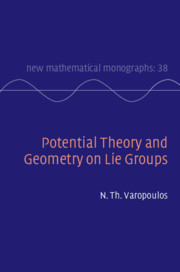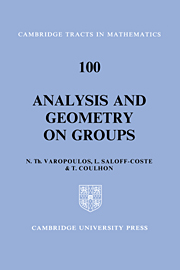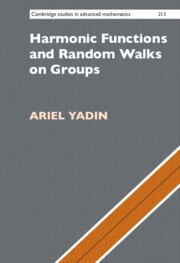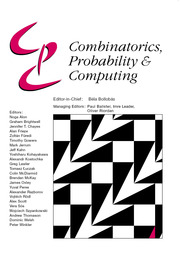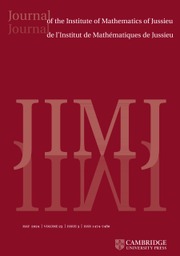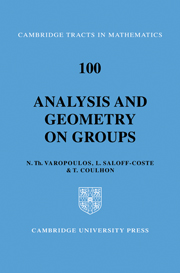Potential Theory and Geometry on Lie Groups
This book provides a complete and reasonably self-contained account of a new classification of connected Lie groups into two classes. The first part describes the use of tools from potential theory to establish the classification and to show that the analytic and algebraic approaches to the classification are equivalent. Part II covers geometric theory of the same classification and a proof that it is equivalent to the algebraic approach. Part III is a new approach to the geometric classification that requires more advanced geometric technology, namely homotopy, homology and the theory of currents. Using these methods, a more direct, but also more sophisticated, approach to the equivalence of the geometric and algebraic classification is made. Background material is introduced gradually to familiarise readers with ideas from areas such as Lie groups, differential topology and probability, in particular, random walks on groups. Numerous open problems inspire students to explore further.
- Introduces a new approach to the classification of Lie groups
- Provides the necessary background material on theory of currents and random walk theory, for readers with no prior knowledge of these areas
- Contains numerous open problems to inspire further development
Reviews & endorsements
'The motivated reader will find this book fascinating. It presents, in a somewhat idiosyncratic but readable way, a personal, substantial, and interesting mathematical journey.' Laurent Saloff-Coste, Bulletin of the American Mathematical Society
Product details
October 2020Hardback
9781107036499
611 pages
160 × 235 × 45 mm
1.08kg
20 b/w illus. 130 exercises
Available
Table of Contents
- Preface
- 1. Introduction
- Part I. The Analytic and Algebraic Classification:
- 2. The classification and the first main theorem
- 3. NC-groups
- 4. The B–NB classification
- 5. NB-groups
- 6. Other classes of locally compact groups
- Appendix A. Semisimple groups and the Iwasawa decomposition
- Appendix B. The characterisation of NB-algebras
- Appendix C. The structure of NB-groups
- Appendix D. Invariant differential operators and their diffusion kernels
- Appendix E. Additional results. Alternative proofs and prospects
- Part II. The Geometric Theory:
- 7. The geometric theory. An introduction
- 8. The geometric NC-theorem
- 9. Algebra and geometries on C-groups
- 10. The end game in the C-theorem
- 11. The metric classification
- Appendix F. Retracts on general NB-groups (not necessarily simply connected)
- Part III. Homology Theory:
- 12. The homotopy and homology classification of connected Lie groups
- 13. The polynomial homology for simply connected soluble groups
- 14. Cohomology on Lie groups
- Appendix G. Discrete groups
- Epilogue
- References
- Index.

